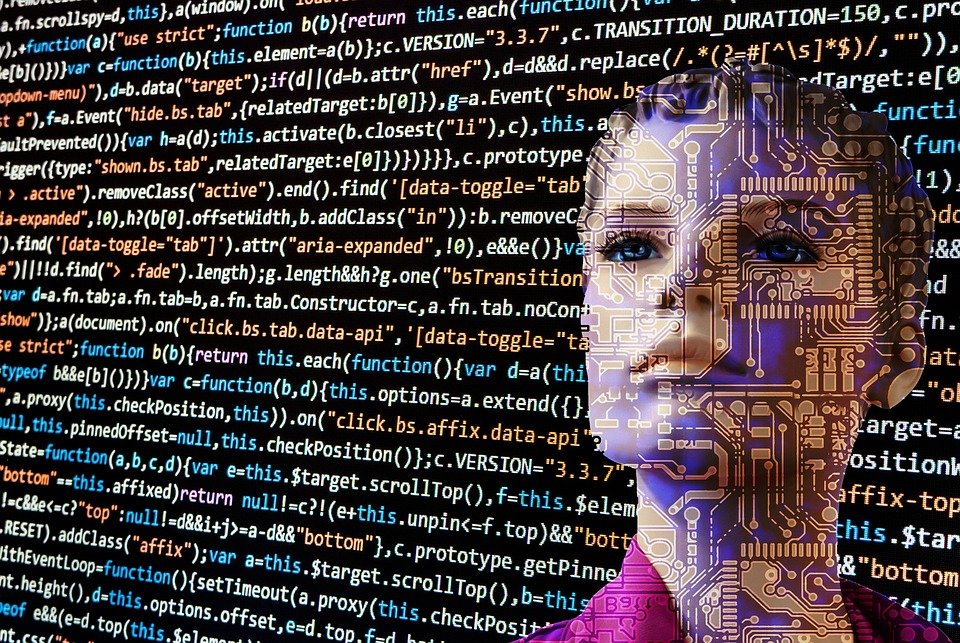Gamification has revolutionized the world of customer loyalty programs by making them more engaging and interactive. It involves incorporating game mechanics into non-game activities to motivate and encourage participation. In today’s highly competitive market, gamification is becoming an essential tool for businesses to build customer loyalty. Here’s why gamification is the future of customer loyalty programs.
1. Increases Engagement
Gamification makes loyalty programs more engaging by incorporating elements such as points, badges, and leaderboards. These mechanics create a sense of competition and reward customers for their loyalty. Customers are more likely to participate in programs that offer fun and exciting experiences, which can help build stronger relationships with the brand.
2. Encourages Repeat Purchases
Gamification encourages customers to make repeat purchases by offering rewards for completing specific actions. For example, a customer might earn points for making a purchase, referring a friend, or leaving a review. These rewards motivate customers to continue engaging with the brand and increase the likelihood of repeat purchases.
3. Builds Brand Loyalty
Gamification helps build brand loyalty by creating an emotional connection between the customer and the brand. Customers who participate in loyalty programs that use gamification are more likely to feel a sense of ownership and pride in the brand. This emotional connection can lead to long-term customer loyalty and advocacy.
4. Provides Valuable Data
Gamification can provide valuable data for businesses by tracking customer behavior and preferences. This data can be used to create more personalized and targeted marketing campaigns. By understanding what motivates customers to engage with the brand, businesses can tailor their loyalty programs to better meet their customers’ needs.
5. Adapts to Changing Demands
Gamification allows businesses to adapt to changing customer demands by offering new and exciting rewards and experiences. As customer preferences change, loyalty programs that use gamification can evolve to meet those needs. This flexibility ensures that the loyalty program remains relevant and effective over time.
In conclusion, gamification is the future of customer loyalty programs. It offers businesses a fun and engaging way to build customer loyalty while providing valuable data and insights. By incorporating game mechanics into loyalty programs, businesses can increase engagement, encourage repeat purchases, and build brand loyalty. As the market becomes more competitive, gamification will be an essential tool for businesses to stay ahead of the competition and build long-term customer relationships.

